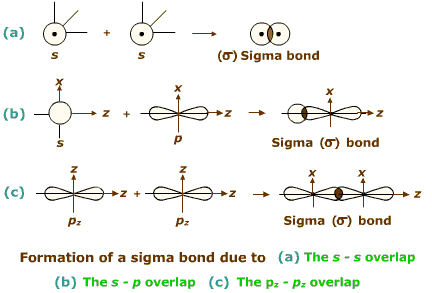Also the bond enthalpies of c h c c l h c l bonds are 4 1 3 3 2 6 and 4 3 1 k j m o l 1 respectively.
S s bond energy.
The average bond energies in table t3 are the averages of bond dissociation energies.
R t sanderson polar covalence 1983 r t sanderson chemical bonds and bond energy 1976 chemical bonds and bond energy 1976.
Cottrell the strengths of chemical bonds 2nd ed butterworths london 1958.
Hydrogen 1s 1 atom has 1s orbital containing a single electron i e.
δ h 1 0 0.
Disulfides show a distinct preference for dihedral angles approaching 90.
Rotation about the s s axis is subject to a low barrier.
In chemistry bond energy be also called the mean bond enthalpy or average bond enthalpy is the measure of bond strength in a chemical bond.
For example the average bond energy of o h in h 2 o is 464 kj mol.
This is due to the fact that the h oh bond requires 498 7 kj mol to dissociate while the o h bond needs 428 kj mol.
Calculate the bond energy of c l c l bond from the following data.
Crc handbook of chemistry and physics 2007.
Iupac defines bond energy as the average value of the gas phase bond dissociation energy usually at a temperature of 298 15 k for all bonds of the same type within the same chemical species.
Two such 1s orbitals from the two hydrogen atoms having electrons with opposite spins approach each other then the potential energy of the system decreases.
The larger the average bond energy per electron pair bond.
3 k j.
C h 4 g c l g c h 3 c l g h c l g.
Many of the bond energies listed here were taken from the following sources.
Darwent national standard.
When the angle approaches 0 or 180 then the disulfide is a significantly better oxidant.

